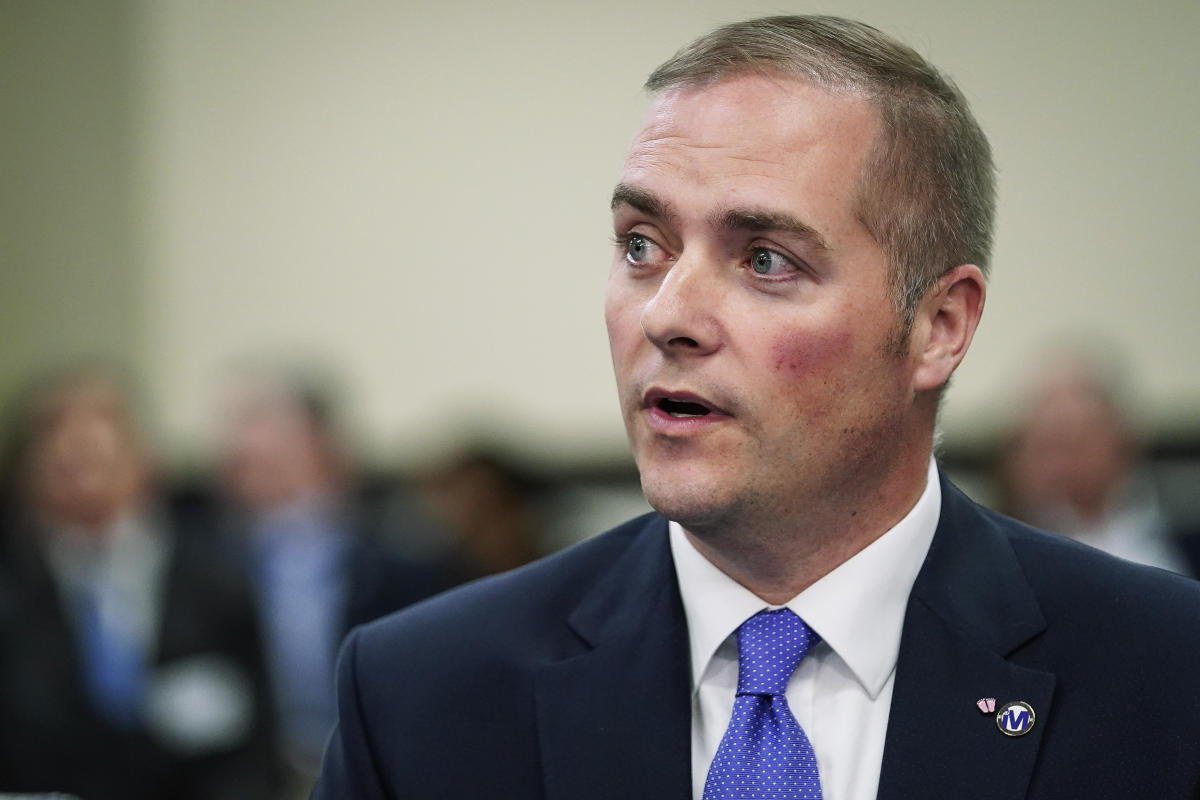Gov. Gavin Newsom on Wednesday unveiled a $291.5 billion state budget to close a $37.9 billion budget gap.
It’s the second budget year in a row that Newsom will be walking an economic tightrope between closing a large spending gap and keeping financial promises he made during more prosperous times.
The Legislative Analyst’s Office in December estimated the governor would be dealing with a $68 billion shortfall. But the Department of Finance’s calculation was $30 billion lower.
Legislative leaders have said “everything is on the table” to address the shortfall. But Democrats, who have big majorities in the Assembly and the Senate, are keen to protect spending priorities, including social safety net and education spending. Republicans are more willing to look at potential cuts to those same programs.
The state Legislative Analyst’s Office in December suggested Newsom could declare a fiscal emergency, which would allow lawmakers to dip into $24 billion in general purpose reserves.
The Legislature could also re-open the 2023-2024 budget to bring spending more in line with current revenue levels.
Last year, the governor soberly laid out a plan to address an estimated $22.5 billion deficit — a stark change from the celebratory budget announcements of surpluses past.
This time, Newsom was back in a similar place, but with a deficit that is more than $15 billion higher than the spending gap he dealt with in January 2022. The state budget must be balanced.
The governor is facing tough economic conditions caused mostly by financial hits wealthy Californians have experienced in a post-COVID-19 pandemic economy, the LAO reported in December.
The state’s progressive tax structure makes its budget uniquely dependent on income taxes from the highest earners. Stock market uncertainty and higher interest rates have lowered their tax payments, as they receive income from capital gains and dividends.
California in the fall was to receive billions in delayed tax revenue after the IRS allowed those affected by severe winter storms to defer filing. When receipts came in under expectations, the $31.5 billion spending gap state leaders projected in May ballooned significantly.
Signup bonus from




